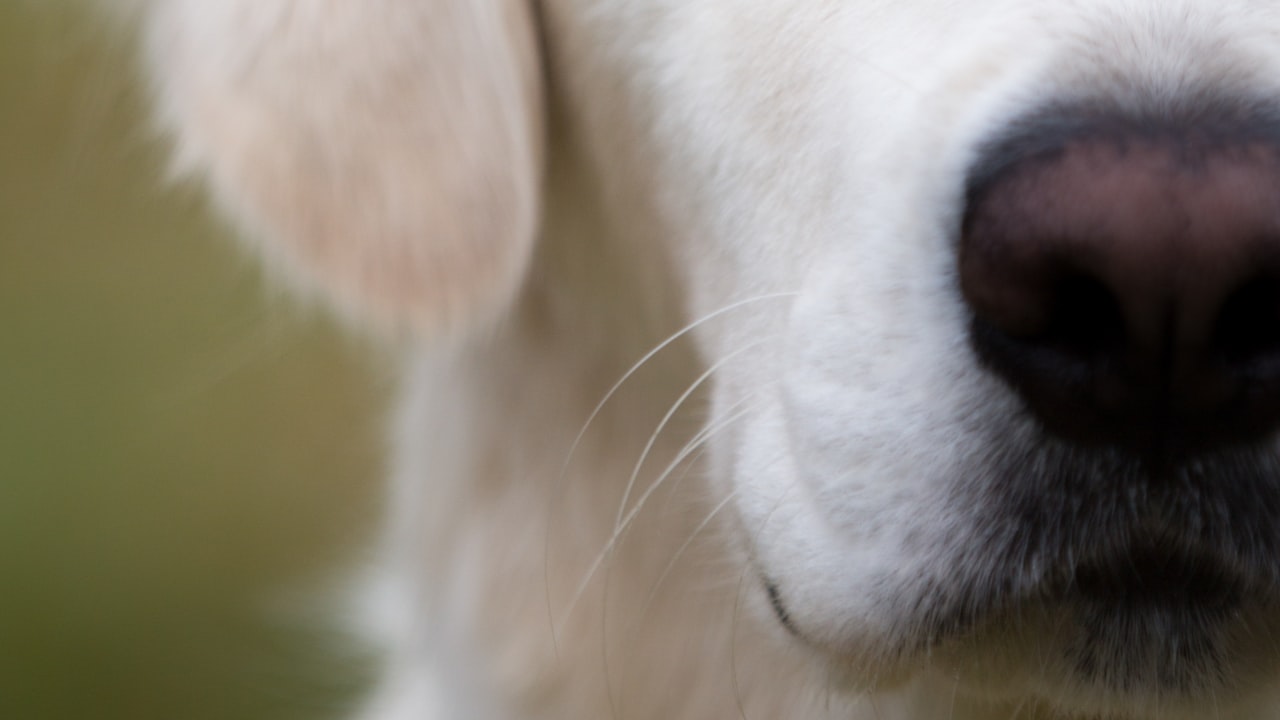When it comes to ensuring your dog's comfort and safety during walks or outdoor adventures, getting the right harness size is crucial. Whether you have a small Chihuahua or a large Great Dane, measuring your dog for a harness is essential. In this guide, we'll explore the differences in measuring small and large dog breeds to help you find the perfect fit.
Small Breeds: Precise Measurements Matter
Small dog breeds, like Dachshunds or Pomeranians, often have delicate frames. An ill-fitting harness can cause discomfort or even injury. Measuring them accurately is vital.
How to Measure
Girth Measurement: Use a soft measuring tape to measure around your dog's chest just behind their front legs. Ensure it's snug but not too tight.
Neck Measurement: Measure around the base of your dog's neck where the harness collar will sit.
Length Measurement: Measure from the base of the neck to the base of the tail.
Common Mistakes to Avoid
Guessing the size: Small dogs may have similar girths, but their necks and lengths can differ significantly.
Using a collar size: Collar size and harness size are not the same.
Large Breeds: Sturdy Support Needed
Large dog breeds, such as German Shepherds or Labrador Retrievers, have more substantial frames and strength. A well-fitted harness provides better control.
How to Measure
Girth Measurement: Measure around your dog's chest just behind their front legs. Make sure it's snug but allows room for movement.
Neck Measurement: Measure around the base of your dog's neck.
Length Measurement: Measure from the base of the neck to the base of the tail.
Common Mistakes to Avoid
Using small breed measurements: Large dogs require harnesses designed to distribute force and prevent injury.
Not adjusting for growth: Puppies grow, so ensure you can adjust the harness as they do.
FAQs (Frequently Asked Questions)
Q1: Can I use the same harness for a small and large breed?
While it's possible to find adjustable harnesses, it's generally recommended to choose a size suitable for your dog's breed and adjust it accordingly.
Q2: How tight should the harness be?
The harness should be snug but not tight. You should be able to fit two fingers comfortably under the straps.
Q3: Are there breed-specific harnesses?
Some brands offer harnesses designed with specific breeds in mind, but proper measurements are still crucial.
Q4: Can I measure my dog for a harness at home?
Yes, you can measure your dog at home using a soft measuring tape. However, professional measurements at a pet store can also be helpful.
Q5: What if my dog falls between sizes?
If your dog's measurements fall between sizes, choose the larger size and adjust it to fit snugly.
Measuring your dog for a harness is a straightforward process, but it's essential to do it correctly. Whether your dog is small or large, a well-fitted harness ensures both comfort and control during your adventures together.
Remember, the key to a happy walk is a happy dog with a perfectly fitting harness.


